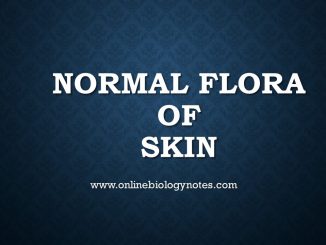
Normal flora of the Skin
Skin microflora Human skin has relatively fewer number and types of normal flora. Skin consists of outer epidermis, inner dermis with hair, sweat and sebaceous […]

Skin microflora Human skin has relatively fewer number and types of normal flora. Skin consists of outer epidermis, inner dermis with hair, sweat and sebaceous […]
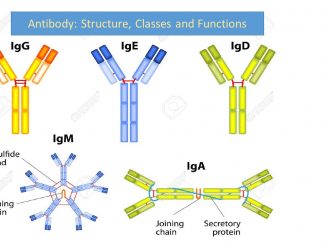
Antibody: Structure, classes and functions Structure of antibody Antibodies are the globular protein belonging to immunoglobulin (Ig) family. Antibody molecules have a common structure […]
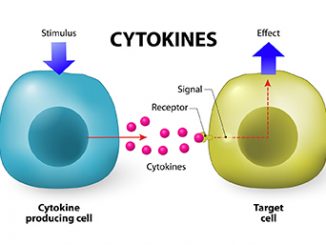
Cytokines: properties and receptors Cytokines are low molecular weight (30KDa) regulatory protein or glycoprotein secreted by White blood cells and various other cells in body […]
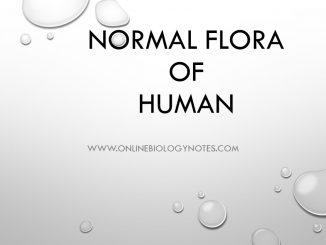
Normal flora of human host: Types, Examples and Roles Microorganisms associated with healthy tissue of host semi-permanently without causing disease are known as Normal flora […]
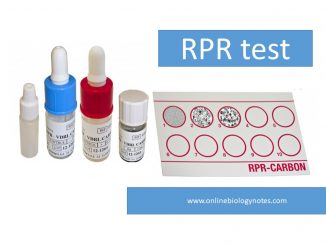
RPR test: Principle, Procedure, Result interpretation and Application Principle: RPR test stands for Rapid Plasma Regain test. It is a serological test used for the […]
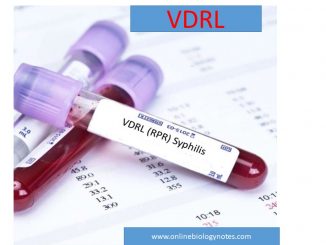
VDRL test: Principle, Procedure, Result interpretation and Application Principle: VDRL stands for Venereal Disease Research Laboratory test. It is used for serological diagnosis of syphilis […]
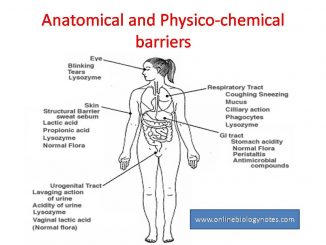
Anatomical and Physico-chemical barriers of immune system Anatomical barriers Skin and mucus membrane are the examples of anatomical barriers that provides immunity. Skin and mucus […]
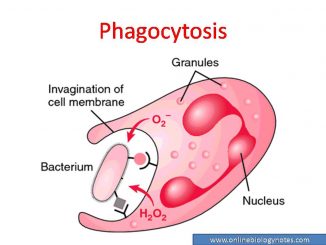
Phagocytosis or Phagocytic barrier of immune system Phagocytosis is an important defense mechanism of host to provide immunity. Most of the bacteria that enter into […]

Immunity and its types: Innate and Acquired immunity Immunity is derived from Latin word “immunis” which means free from burden. In this case burden refers […]
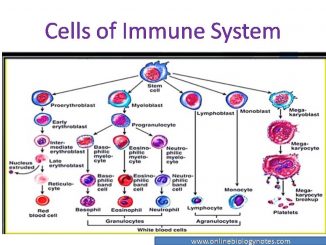
Cells of immune system: Lymphocytes, phagocytic cell, granulocytes and dendritic cells WBCs are the principle cells of immune system formed hematopoietic stem cell by the […]
Copyright © 2024 | WordPress Theme by MH Themes